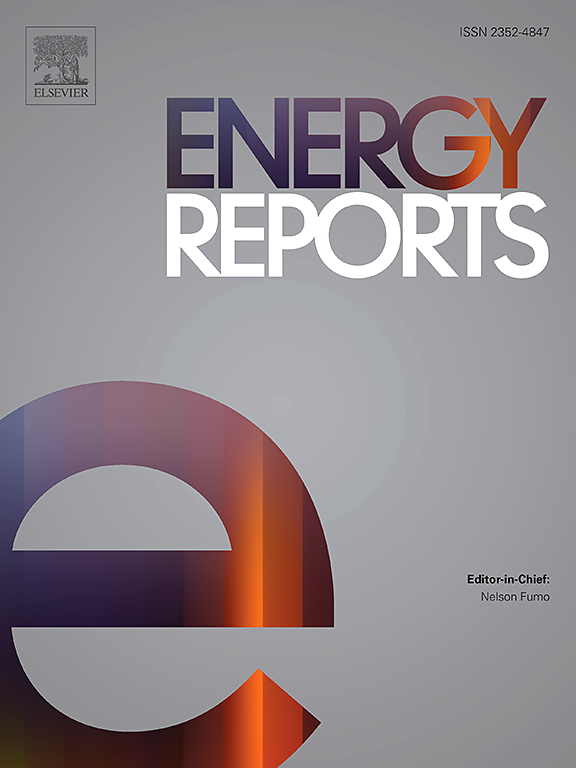Evaluation of the short and medium-term forecast quality of global solar irradiance from GFS-MOS and WRF-Solar models for the northeast region of Brazil
IF 4.7
3区 工程技术
Q2 ENERGY & FUELS
引用次数: 0
Abstract
The prediction of global horizontal irradiance (GHI) is crucial due to the rapid growth of photovoltaic energy, a sustainable and increasingly important source in the global energy landscape. The Northeast region of Brazil has exceptional potential for solar energy generation, thanks to its high levels of solar radiation throughout the year. This underscores the need for accurate irradiance forecasts to optimize the use and efficiency of photovoltaic systems in the region. This study aims to predict GHI over short- and medium-term horizons using the Global Forecast System (GFS), the Weather Research and Forecasting-Solar (WRF-Solar) model, and a hybrid method called GFS-MOS for the Northeast of Brazil (NEB). The GFS-MOS combines GFS forecasts with the Model Output Statistics (MOS) algorithm, which uses observational data for statistical refinement. The results demonstrate that GFS-MOS outperforms WRF-Solar in most aspects, particularly in simulating low GHI values, where GFS-MOS demonstrated superior accuracy. GHI forecasts were validated against data from 137 meteorological stations of the National Institute of Meteorology (INMET) for the period from 2020 to 2022. Additionally, the GFS-MOS method further improved the accuracy of GHI predictions. The performance of the GFS, the GFS-MOS, and the WRF-Solar was compared, with the GFS-MOS demonstrating the best overall performance. It is concluded that the application of statistical refinement techniques, such as GFS-MOS, can significantly improve solar irradiance forecasting.
GFS-MOS和WRF-Solar模式对巴西东北地区全球太阳辐照度的中短期预报质量评价
全球水平辐照度(GHI)的预测是至关重要的,由于光伏能源的快速增长,一个可持续的和日益重要的来源在全球能源格局。由于巴西东北部地区全年的高水平太阳辐射,该地区具有非凡的太阳能发电潜力。这强调需要准确的辐照度预测,以优化该地区光伏系统的使用和效率。本研究旨在利用全球预报系统(GFS)、天气研究与预报-太阳能(WRF-Solar)模式以及一种名为GFS- mos的混合方法对巴西东北部的GHI进行中短期预测。GFS-MOS将GFS预测与模型输出统计(MOS)算法相结合,后者使用观测数据进行统计细化。结果表明,GFS-MOS在大多数方面都优于WRF-Solar,特别是在模拟低GHI值时,GFS-MOS表现出优越的精度。根据国家气象研究所(INMET) 137个气象站2020年至2022年的数据验证了GHI预报。此外,GFS-MOS方法进一步提高了GHI预测的准确性。比较了GFS、GFS- mos和WRF-Solar的性能,其中GFS- mos表现出最佳的综合性能。结果表明,应用GFS-MOS等统计精化技术可以显著提高太阳辐照度的预报效果。
本文章由计算机程序翻译,如有差异,请以英文原文为准。
求助全文
约1分钟内获得全文
求助全文
来源期刊

Energy Reports
Energy-General Energy
CiteScore
8.20
自引率
13.50%
发文量
2608
审稿时长
38 days
期刊介绍:
Energy Reports is a new online multidisciplinary open access journal which focuses on publishing new research in the area of Energy with a rapid review and publication time. Energy Reports will be open to direct submissions and also to submissions from other Elsevier Energy journals, whose Editors have determined that Energy Reports would be a better fit.
 求助内容:
求助内容: 应助结果提醒方式:
应助结果提醒方式:


